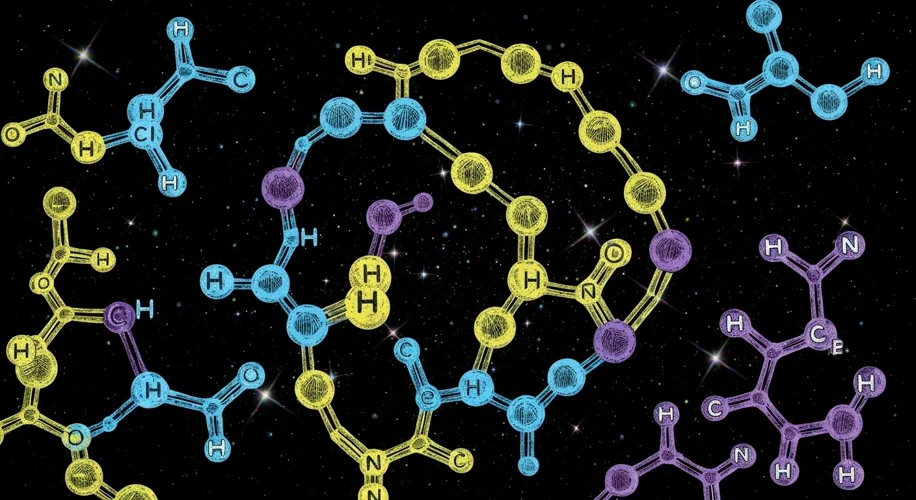It’s fascinating to think about how life on Earth began. For years, scientists have been piecing together clues, and a recent experiment has taken a significant step forward. Researchers have successfully shown how amino acids, the building blocks of proteins, could have linked up with RNA, a molecule essential for life as we know it.
Did you know that RNA can do more than just carry genetic information? It can also act like an enzyme, helping to speed up chemical reactions. This dual role is crucial when we consider the very early days of our planet. Imagine a world without complex cells, where simple chemicals had to figure out how to work together to create something more. That’s the puzzle scientists are trying to solve.
This new research focused on a specific process: how amino acids might have attached themselves to RNA molecules. Proteins are made of amino acids, and RNA plays a key role in protein synthesis. So, if these two could start working together early on, it would have been a major leap toward the complexity we see in life today.
In the lab, the scientists created conditions that mimicked the early Earth. They then observed how specific amino acids interacted with RNA. What they found was quite remarkable: certain amino acids were more likely to bind to RNA than others. More importantly, they showed that this binding could happen in a way that led to the amino acids linking together, forming short chains.
This isn’t the first time scientists have tried to recreate early life conditions. Previous experiments, like the famous Miller-Urey experiment in the 1950s, showed how simple organic molecules could form from inorganic matter under early Earth conditions. However, this new study tackles a different, yet equally important, question: how did these building blocks start to assemble into more complex structures that could eventually lead to life?
This research helps us understand a critical transition. It suggests a chemical pathway where simple molecules could begin to organize themselves, a necessary precursor for the development of more complex biological systems. It’s like finding a missing piece in the enormous puzzle of life’s origins. While there’s still much to learn, this experiment provides compelling evidence for how these fundamental components of life might have come together billions of years ago, right here on Earth. It’s a reminder of the incredible chemical dance that must have happened to get us all here today.

